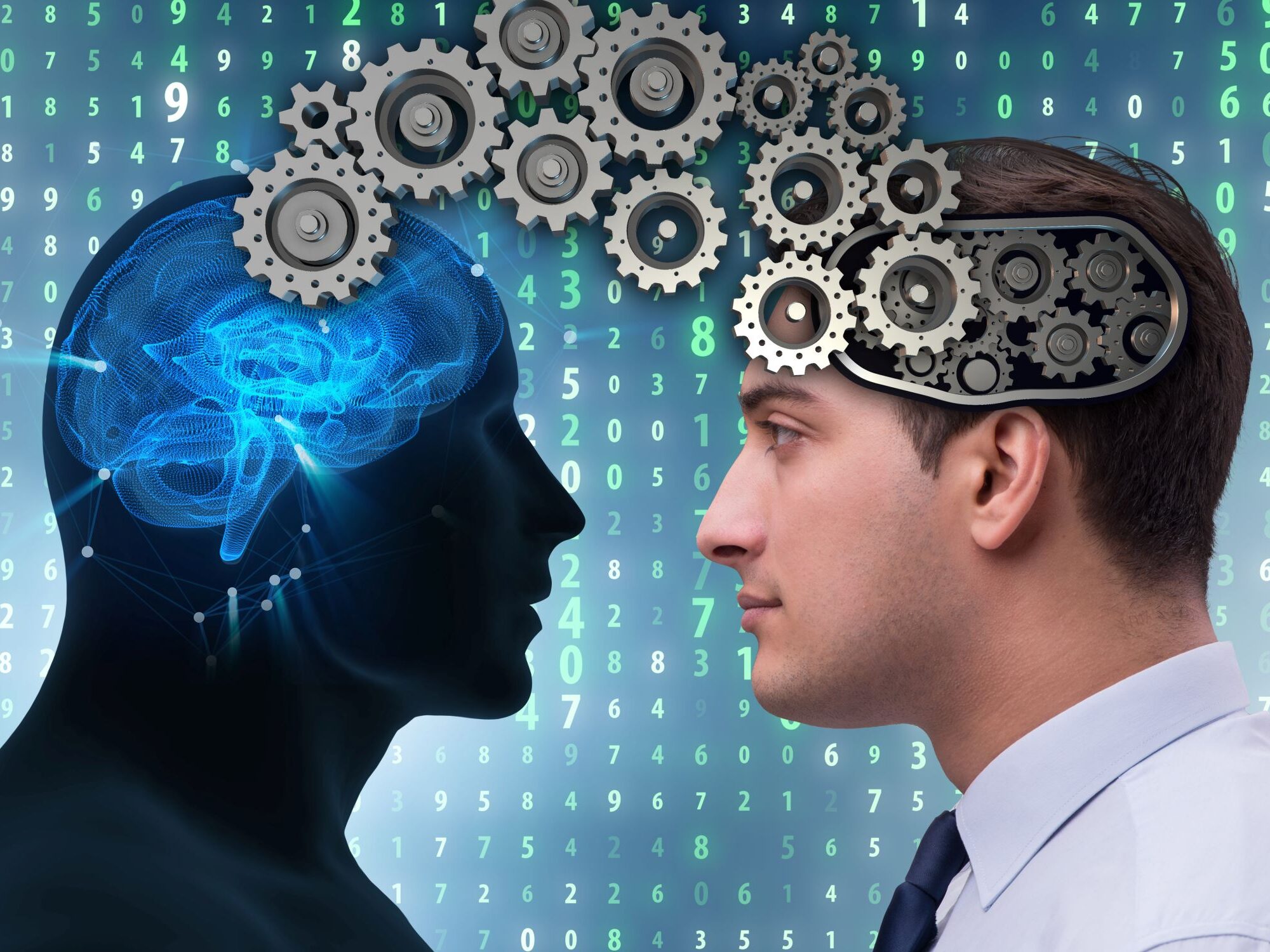Customer experience is more or less like a marathon with no finish line. The marathon flags-off the moment a prospect interacts with your organization. From there on, the kind of journey they have truly forms the basis of their experience and your brand goodwill. Similarly, the employee journey kicks-off the moment an application is filed for a designation. Thereafter, selection procedure, onboarding, operational procedures, and information access altogether define the employee experience. An excellent CX and EX can deliver significant improvements to the bottom line. So, anything that helps you seamlessly navigate the EX and CX maze is worth a try.
On May 21st, 2020, Execs In The Know partnered with SearchUnify to deliver an informative and interactive webinar titled Double Win: Transforming Customer & Employee Experience with Artificial Intelligence (AI). The inquisitive audience of CX professionals was able to learn from the youngest vendor to be evaluated in the Forrester Wave. Vishal Sharma, CTO, SearchUnify explained the whys and hows of leveraging cognitive technology to transform customer and employee experience. Here’s a sneak peek of the webinar.
Difference Between AI and Cognitive Technology
At the outset, Vishal stated the differences between artificial intelligence and cognitive technology. Often used interchangeably, a general air of confusion around the two terminologies continues to prevail. As defined by Rodney Brooks, “artificial intelligence doesn’t mean one thing. It’s a collection of practices and pieces that people put together”. Therefore, there’s no accepted, standard definition of what artificial intelligence really is.
At the most abstract level, AI mimics human behavior, solves complex problems, and can make decisions on its own. On the other hand, cognitive technology, which leverages a subset of technologies that AI uses, augments human thinking, and adapts to human reasoning. To laymanize it, cognitive technology lends you a hand whereas artificial intelligence can do things for you. Although AI is an umbrella term for cognitive technology and is much higher in the scope, organizations still leverage cognitive solutions to automate and enable a wide range of problem areas that demand some sort of cognition. The reason being that building, adopting, and applying AI to the specific needs of a business is highly challenging as the scope isn’t predefined.
Customer Journey in the Modern Era
Ideally, the customer experience can be divided into three stages: Pre-sales, onboarding, and post-sales. Each stage brings along its own set of challenges that can be dealt with by deploying cognitive technology. Let’s see how.
Stage 1: Pre-Sales
Since customers take stock of multiple options before selecting the best possible solution at this stage, one cannot afford to mess with the basics and leave the wrong impression of the brand. After all, a good first impression paves the way to many other good opportunities.
Pre-sales is all about discovering exactly what the customer is looking for and what their unique challenges are. Customers leave digital footprints in the form of information they access to evaluate the product or services. It is crucial for the sales team to tap into this information in order to position their products and services in a way that best addresses the customer’s challenges.
On that account, a unified brand experience is critical to the success of each opportunity and the overall sales organization. Cognitive technology unifies data from across disparate data silos and bridges the gap between multiple channels to ensure real-time personalization. After all, content personalization is the stepping stone to building a unified brand experience.
Stage 2: Customer Onboarding
The top two reasons for customer churn are 1) lack of understanding of the product, and 2) customers don’t obtain any value from the product. Therefore, it is imperative to provide a positive onboarding experience in order to convince your customers that they made the right choice. Needless to say that you’ve created an amazing portfolio of products and services for your audience. Just a little hand-holding and your customers stay loyal towards you forever.
Acquainting customers with product features is of paramount importance to get them started. However, bombarding them with hundreds of features in one go, especially when it’s a SaaS-based product, can be dangerous. Information overload can lead to a paralysis of analysis, making it harder for them to make the best decisions; thus, risking your brand image.
This is where cognitive search comes into play. It unifies interactions from multiple touchpoints to identify customers’ pain points and assist them with feature adoption by recommending the right set of features at the right time. At the same time, cognitive technology can empower your employees by assisting them in building hyper-personalized launch packs. Additionally, it can help employees increase self-service adoption amongst their customers by providing contextual and relevant information across channels like phone, email, communities, and more. Thus, laying the groundwork for a smoother onboarding experience and in turn, enabling stronger reinforcement of your brand image.
Stage 3: Customer Support
Once a customer is on board and starts to spend more time getting the knack of the product, they need further support. This is where support teams come into the picture. With new customers joining the family, support reps are likely to be swamped with hundreds and thousands of queries. To take the burden off customer agents, every organization creates multiple support channels like community, support portals, help center, agent interaction, etc. However, disconnected support channels often make the customer repeatedly narrate their problems that is no less than adding insult to injury.
With cognitive search, you can power a connected support experience across all these channels by not only unifying enterprise information but also taking into account the user behavior on every channel. Additionally, the cognitive solution that offers an AI-powered chatbot takes the employee and customer experience to a whole new level. Unlike the standalone bot that operates on predefined dialogues, search-powered chatbots leverage NLP and text-analytics to understand the intent and sentiments of a customer.
For an in-depth understanding of how cognitive technology helps you delight your customers as well as employees at each stage of the customer journey, watch this webinar.
Blog post, written by SearchUnify
SearchUnify is a unified cognitive search platform that revolutionizes information discovery, fuels an insights engine, and makes for a robust platform for AI-based apps like customer-facing chatbots.


